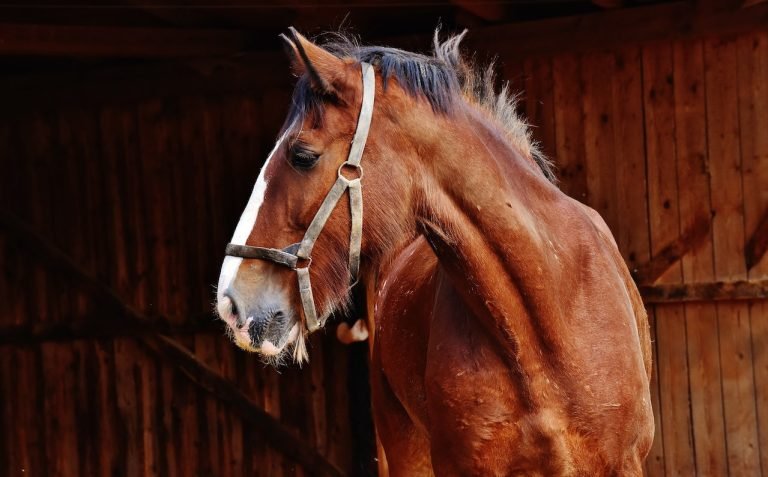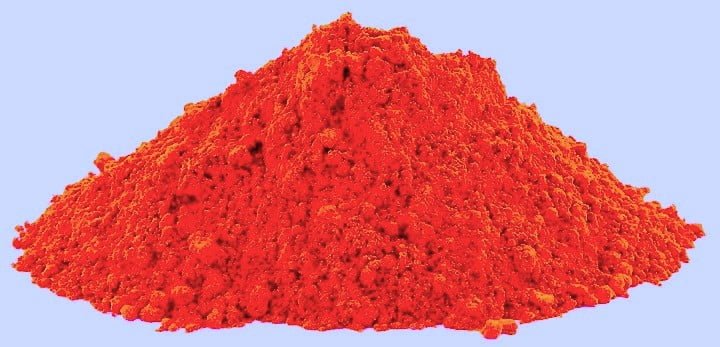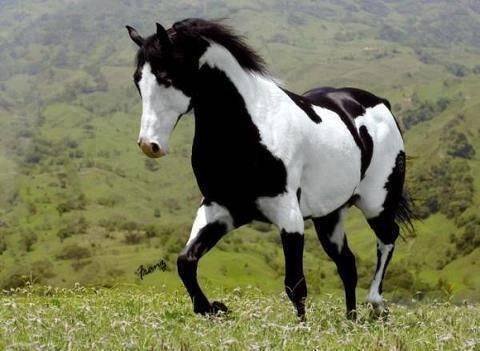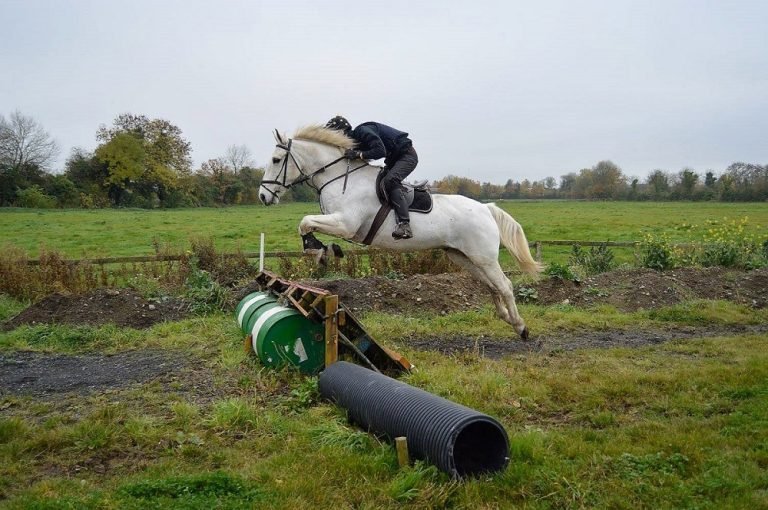Our company considers equines as domesticated household pets, carefully tended by their managers. That is certainly not always the situation. A surprising assortment of kinds resides effectively in the wild.
Listed below, our team checks out 14 untamed equine kinds from globally. Our experts learn what they appear like, where to locate all of them, as well as likewise precisely how they became roaming completely free.
If you’re ready, testimonial on finding out much more about some exciting steeds …
1. Przewalski’s Steed.

Our team generally signifies feral steeds when we talk about untamed steeds. But Przewalski’s horse differs from the several other kinds on this to-do list. That results from the simple fact that it performs undoubtedly does not merely cut loose today. As far as we can easily update, it has never been subjugated.
That makes it reasonably unique. It’s a web link to the untamed steeds of the historical world. As well as one check out it, you’ll see precisely how unheard of it is.
It is chunky and short, with a sizable crown, deep muzzle, and large neck. It possesses a dun layer and a thick dark red stripe diminishing its spine. As well as additionally, its own short and coarse hair stands straight instead of resting level versus the back.
Nevertheless, the distinctions between Przewalski’s horse and other kinds go more than skin deep. They have more chromosomes than modern steeds– 66 as opposed to 64.
You’ll require to travel to the Central Asian steppes if you want to make an appearance at a Przewalkski’s steed. It’s a rare family pet, but you might still see it walking wild in Mongolia’s national parks if you’re fortunate.
2. Mustang Horse.
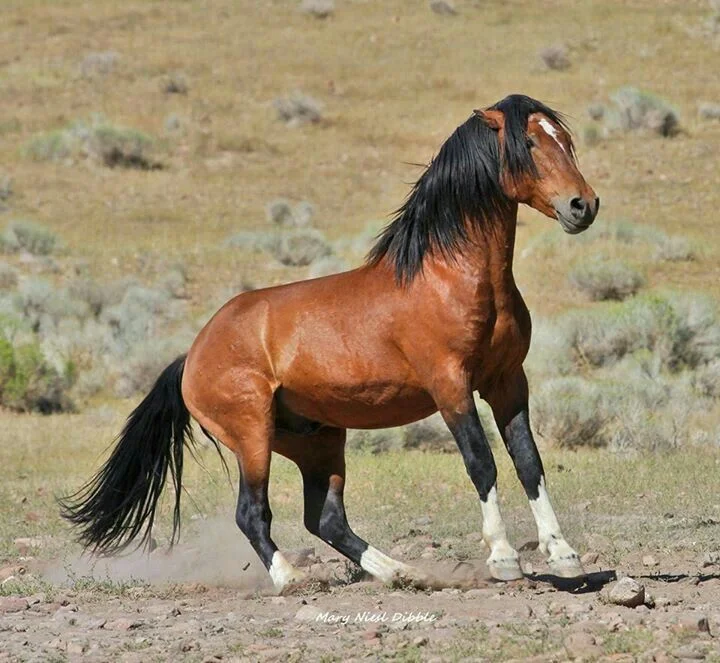
The legendary mustang may be found strolling free of charge throughout the western United States. It’s boiled down from the tamed horses offered to the nation by the Spanish and Portuguese.
Their earliest forefathers are Spanish Colonial Steeds. Over the centuries, the bloodstream of considerable amounts of several other kinds was included in the mix.
Today’s mustangs contrast commonly given that of this. They may have coats of any shade. As well as while some appear like very early Spanish horses, others have the functions of Thoroughbreds or even several other racehorses.
The federal government program always attempts to keep mustang amounts in harmony with the setting. It’s done by specifying “Necessary Surveillance Amounts.” Varieties far go over those levels. In 2017, the degree was evaluated on 26,000 horses, while there were more than 72,000 horses.
Now and then, they are assembled as well as caught by federal government firms. You may embrace your mustang if you satisfy certain specifications and also pay a cost.
3. Exmoor Equine.
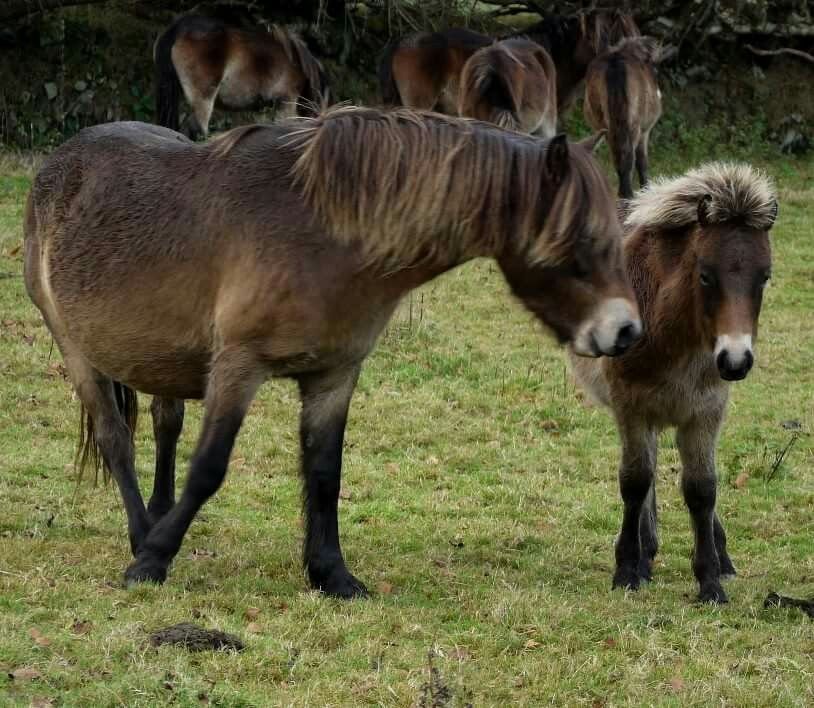
If you find yourself on Exmoor in the southerly English region of Devon, possibilities are you’ll promptly recognize a pony. The semi-feral Exmoor pony takes its name coming from this place, as well as around 600 of them still reside on the moor.
The initial relaxed report of horses living on Exmoor is in the Domesday Magazine of 1086. This type is fallen from the aboriginal moorland horses of the English Isles. They possess gulf coats and mealy taggings called pangaré around their muzzles, eyes, and bottom.
They are stocky and brief, standing between 11.1 and 12.3 palms. It assists the horses’ eyes remain dry and cozy in the wild moorland climate.
4. Konik.
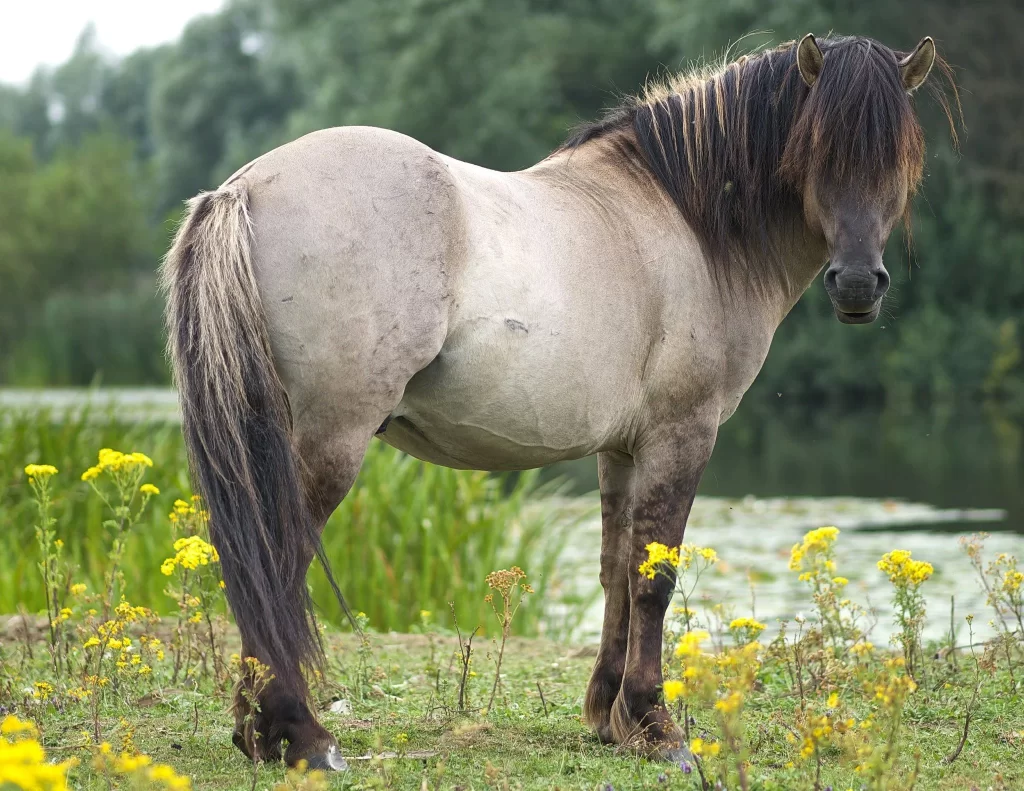
The Konik steed is native to Poland, and there are still semi-feral inhabitants. The name is Polish for “little horse.”
The Konik is come down from the horses of the Bilgoraj location of south-eastern Poland. It was as soon as believed to be quite carefully pertaining to a faded form of Asian International wild equine, the tarpan. DNA testing has debunked that theory, revealing it’s closer to modern subjugated types.
Today it stays in a variety of nature gets inside Poland, consisting of the Roztocze National forest. And also, although it is semi-feral, reproducing is extensively dealt with
It’s a bit stocky equine, separating 12.8 and likewise 13.8 hands. It has a small head, a low-set back, and a thick mane. Its coating is blue dun, regularly called “mouse grey.”
5. Chincoteague Pony.

Chincoteague horses lie on Assateague, a complex isle that constitutes a component of each Virginia and Maryland. The condition perimeter is denoted through a fence. The steeds on the Virginia side are referred to as Chincoteague, while those on the Maryland side are commonly called Assateague steeds.
The Chincoteague are horse-like in every state. The diet regimen of the brush, as well as flat salt plants readily available on the island, does not enable all of them to expand very big. They typically shirk 13.2 hands, and their coatings may be any color, including pinto trends.
There’s a difference regarding how the steeds became roaming the isle. Some feel they were heirs of trashed Spanish sailboats. A much less enchanting description is probably so much more likely.
In the 17th century, brand-new animal income taxes were presented. It’s feasible that the homesteaders of the minute released their steeds on the island to flee the taxation firms.
Today, many horses are rounded up every year and marketed to add to the costs of the Chincoteague Volunteer Fire Company. While there are just around 300 ponies on Assateague, many thousand live in various other areas.
6. Namib Desert Steed.
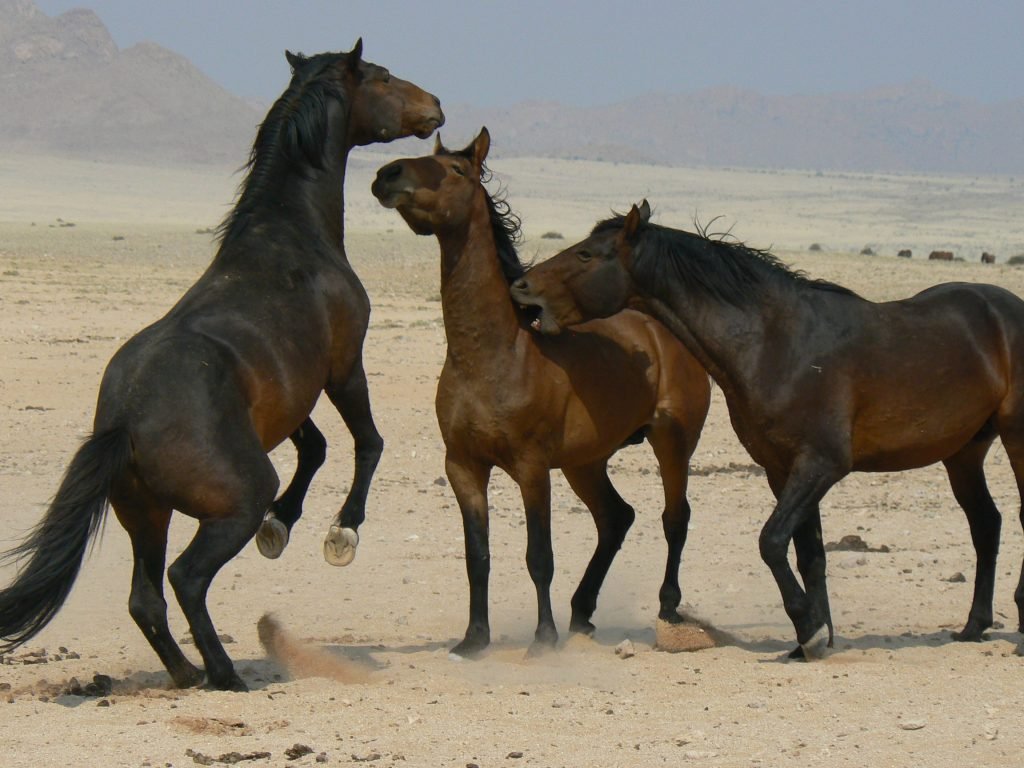
The Namib Desert Equine is the only species of savage horse in the entire of Africa. They live in the Garub Plains of Namibia, where a manufactured water source permits them to sustain themselves.
Their origins are unclear, but the most successful hunch is that they come down from German mounties and riding steeds. These are believed to have been released from camps and ranches around the second of the First War Of The Nations.
Today, their pastures reasons are protected as part of Namibia’s Namib-Naukluft Park. Regardless of the desert’s severe conditions, they are a significant problem. Their amounts range from around 90 to 150 animals, a real draw for visitors to the country.
7. Cumberland Island Equines.
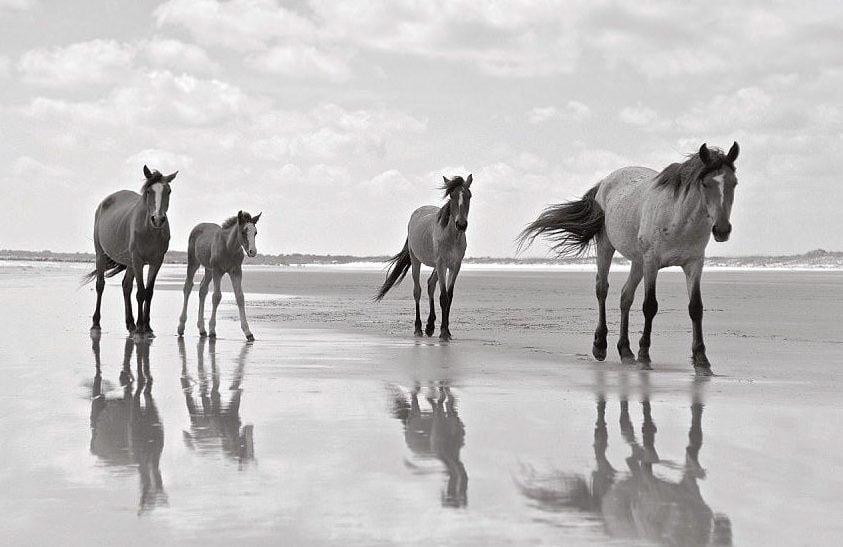
Georgia’s Cumberland Isle horses are identical to those of Chincoteague and Assateague. Tale possesses it that they are offspring of equines offered the area by Spanish vanquishers.
It’s even more probable, nevertheless, that their sources are even more present. Various other horses were offered the place due to the English in the 1800s. These could effectively be the predecessors of the present-day Cumberland Island horses.
They are stylish household pets, but they’re additionally tricky. There are around 150 to 200 horses in the herd; likewise, various studies have concluded that they are over-grazing their environment. One attempt to impose an administration plan to lower varieties was shut out in your residence of Reps.
For now, the steeds remain to stroll free of charge.
8. Welsh Mountain Equine.

The Welsh Hillside Equine grew from horses that strolled the land that is now Wales from at least 1600 BC. They are durable creatures, well-conformed for survival on rigid surfaces with thin vegetation. They stand no more remarkable than 12.2 palms and have little heads with significant eyes.
Over the last, they were actually taken advantage of for whatever came from farming to using to pulling cannons onto the battleground. Their adaptability remains to this day, with Welsh Hillside Ponies competing in dressage, looking, leaping, and endurance riding.
The species is well-known and also well-liked. In 2008, when ceramic manufacturer Breyer made its first Huge Pony Applicant, they picked a grey Welsh Horse as their layout.
9. Nokota.

The firm surface of North Dakota is property to the Nokota, herds of savage and semi-feral horses. They are boiled down from the horses of Indigenous Americans and a selection of various other styles.
Their coatings are most typically blue roan, and likewise, they possess a stride described as the “Indian shuffle.” It’s a different side than up-and-down, producing them relaxed to use.
The style was virtually wiped out early in the twentieth century. It was an outcome of breeders attempting to minimize competition for the grazing land they took advantage of through their pets. Yet the good news is that some horses were in the location that in 1943 was the Theodore Roosevelt National park, giving all of them protection.
There they continue to be today, along with the herd dealt with to ensure varieties keep around 100. If numbers obtain as well massive, the steeds are industries, to become taken advantage of in endurance, Western as well as English using.
10. Sorraia.
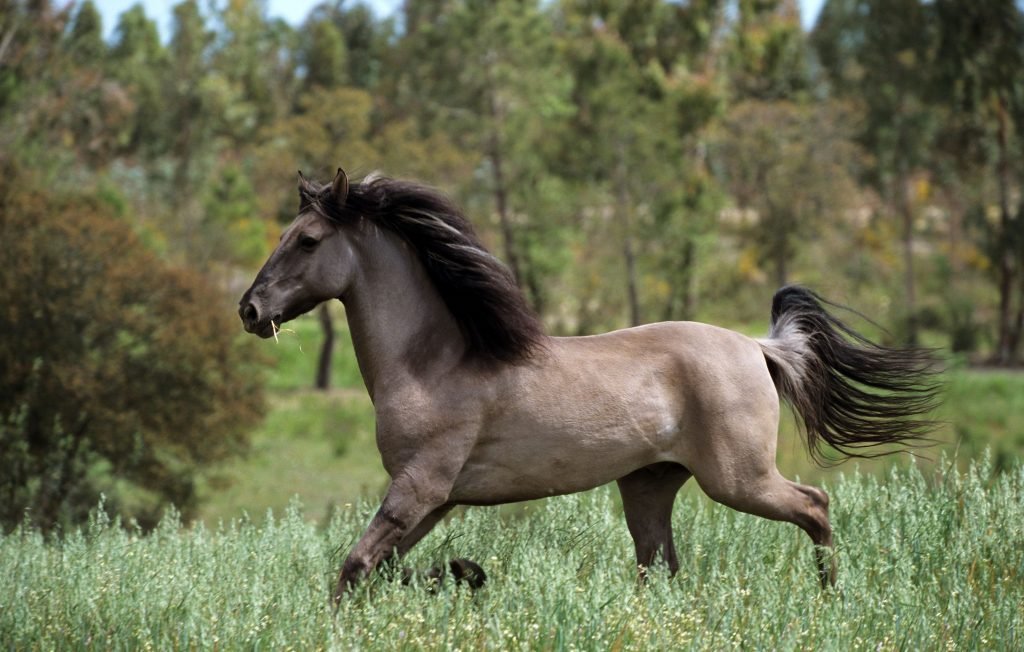
The Sorraia may be found in the Sorraia compartment in Portugal. They are native to the place, and some believe all of them will become the progeny of uncultivated steeds. They certainly have some undeveloped features, including dun coatings, convex accounts, and occasionally a dorsal red stripe.
They’re durable nevertheless little bit of pets, as well also can easily stand up anything coming from 12.3 to 14.3 hands. In some adults, the method of their hair depends on their backs, and their upper bodies can quickly develop a pattern of flags along with stars.
Today, numbers have reduced to the lowered hundreds. Initiatives are underway to maintain the kind, including building a Sorraia Horse publication in Ontario, Canada.
11. Dülmener.

The Dülmener equines take their label from the community of Dülmen in north-western Germany, near which they stay. The herd consists of around 300 pet dogs remaining in a place of 350 hectares.
They initially possessed sinister chestnut layers, yet it was actually once believed that this was an outcome of cross-breeding. A program started to make them appear much more “genuine.” From 1957, the grey-coated Polish Koniks were allowed to reproduce along with Dülmeners.
The Dülmener, it appeared, had been chestnut. Today’s horses look identical to the Konik.
12. Giara.
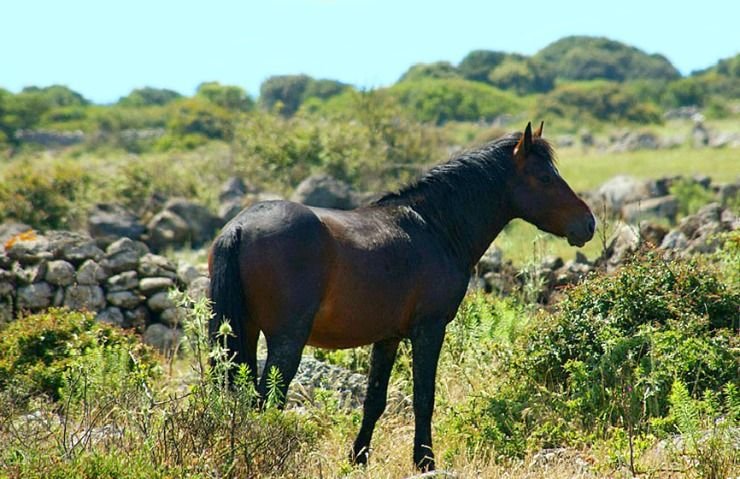
The Giara steed hails the Mediterranean isle of Sardinia. The sensibly unsatisfactory greenery there keeps it to a pony-like measurement of between 11.1 and also 13.1 palms. It is, however, an equine, along with a layer that’s generally gulf, dark, or even chestnut, as properly as a full hair and forelock.
Its sources are shed in the fogs of your time. It’s felt that the horses initially involved the islands on the watercraft of Greek or Phoenician investors as early as the 4th or fifth century BC.
Today, around 700 horses survive a plateau south of the aisle. The high cliffs that border it commonly maintain them safe from individual communication.
13. Retuerta.

The Retuerta can be located in a handful of playgrounds in addition to attribute gets inside the Spanish location of Andalusia. It is thought to be among Europe’s earliest types of equines, dating back around 3,000 years. And also, it is the merely one not to have gone into exchange for numerous other horses.
Unlike many other feral species, the Retuerta is ancient to its current location. It’s strongly believed to look similar to the historical steeds of the Iberian Cape. It loafs 16 palms, with a darker or gray gulf layer.
They’re sometimes used for use and are not exclusively effortless to qualify. At one variable, only approximately 75 horses were remaining to be. Today, preservation initiatives have observed the numbers increase to around 200.
14. Kaimanawa.

Kaimanawa steeds are discovered on the mountain range of the same label in New Zealand’s North Island. There are also smaller-sized inhabitants, even more north, in the Aupouri Cape.
They are the spin-offs of horses that escaped coming from cavalry bases or even sheep terminals. And additionally, while there are considerable amounts of collections in their heights, layers, and body styles, they are all sure-footed, insusceptible, well-muscled pets.
The Kaimanawa variety herd is meticulously taken care of to sustain the location’s one-of-a-kind vegetation. Occasionally, excess family pets are assembled and also rehomed. They are well-known for riding as source steeds and in series jumping.
Wild In Addition To Free.
That brings us to our check of 14 crazy steed kinds! From Mediterranean islands to African deserts, horses show impressive abilities to endure in all concerns. We wish you have cherished determining more about these beautiful creatures’ backgrounds and associates.
Often, sadly, their varieties are lessening. But active conservation could aid in protecting all of them for creations ahead. If you want to discover extra and perhaps acquire engaged your self, possess an appeal at style affiliations and creatures crews.
Our company commonly suggests raging steeds when our experts communicate involving wild horses. That brings us to the point of our appearance at 14 crazy steed types.
The steeds on the Virginia edge are described as Chincoteague, while those on the Maryland edge are generally named Assateague steeds.
These could effectively be the progenitors of the present-day Cumberland Isle equines.
There are around 150 to 200 horses in the herd, and numerous research studies have ended that they are over-grazing their habitation. It is nevertheless an actual horse, along with a coat that is usually bay, black, or even chestnut, as well as full locks and forelock.
And additionally, it is merely one certainly not to have gotten into contact with other styles of the steed.

